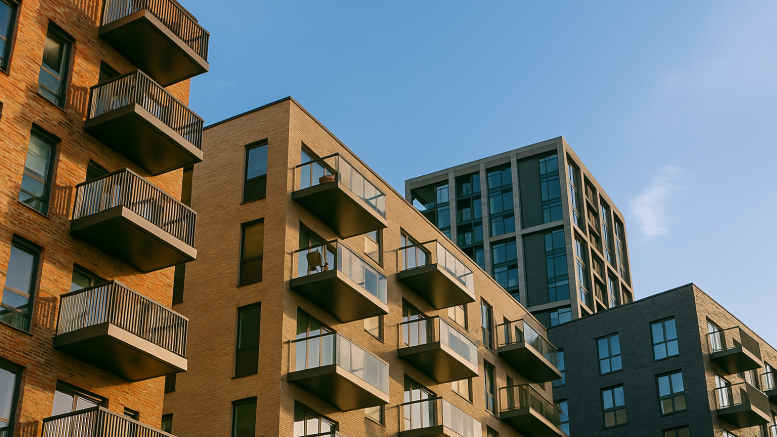Build to Rent isn’t just transforming the UK’s rental sector - it’s becoming a global movement. New figures from Inventory Base show completions rising sharply across the US, Australia, and New Zealand, with landlords and institutional investors increasingly treating BTR as a strategic asset class, not just a domestic trend.
UK BTR growth holds steady
By Q1 2025, the UK had delivered 1,824 new Build to Rent homes, bringing the total to 127,156 units - up 15.8% year-on-year from 109,847 in Q1 2024. That’s solid growth, especially given persistent planning delays and development headwinds.
Yet the global story is gaining pace. In New Zealand, a country with just over 5 million residents, BTR completions rose 34.5% in the past year - totalling 1,949 units by April 2025. In Australia, completions hit 4,878 in 2024 and are expected to reach 5,928 this year - up 21.5%. Even in the United States, where BTR is relatively new, completions hit 5,200 in 2024-pushing the national stock to 39,000 homes.
For UK landlords, these figures matter. A growing global BTR footprint means more competition for capital, more innovation in tenant expectations, and potentially, less insulation from overseas trends. As institutional developers scale up globally, UK private landlords may need to sharpen their game-or partner up.
‘This isn’t a phase - tenants now expect more’
As Build to Rent evolves, so too do tenant expectations. The model’s growth is tied not just to housing supply, but to a lifestyle shift that’s pushing smaller landlords to rethink what “good service” really means.
Sián Hemming-Metcalfe, Operations Director at Inventory Base, said: “Build to Rent is reshaping rental markets across continents. Renting is no longer seen as a temporary step-it’s a lifestyle choice driven by flexibility, convenience, and service quality.”
She added: “This shift brings new responsibilities for landlords and property managers. BTR residents expect a professional, customer-centric experience, supported by operational excellence, proactive maintenance, and real-time responsiveness.”
For landlords managing single units or smaller portfolios, that can be a stretch - especially under mounting regulation and tax pressures. But the takeaway is clear: renters are comparing traditional homes to BTR schemes offering gyms, apps, and concierge services. Those not adapting may find voids harder to fill in the years ahead.
Dubai tipped as next BTR hotspot
One wildcard in the global BTR race is Dubai. Though reliable numbers are scarce, early signs suggest the emirate is poised for explosive growth. Government policy is already encouraging BTR development-backed by long-term residency reforms and a booming expat population seeking high-quality rental options.
The region’s appeal is clear: favourable tax laws, developer-friendly regulation, and a fast-growing international workforce. For UK investors willing to look abroad, Dubai could present long-term yield potential-especially as domestic margins tighten.
Closer to home, however, the UK’s own BTR pipeline still has plenty of room to run. With the government aiming to build 1.5 million new homes, and planning reforms on the table, Hemming-Metcalfe believes technology will be the key differentiator: “Delivering a modern rental experience takes more than spreadsheets, patchwork tools, or good intentions-the BTR boom isn’t waiting for outdated systems to play catch up.”








